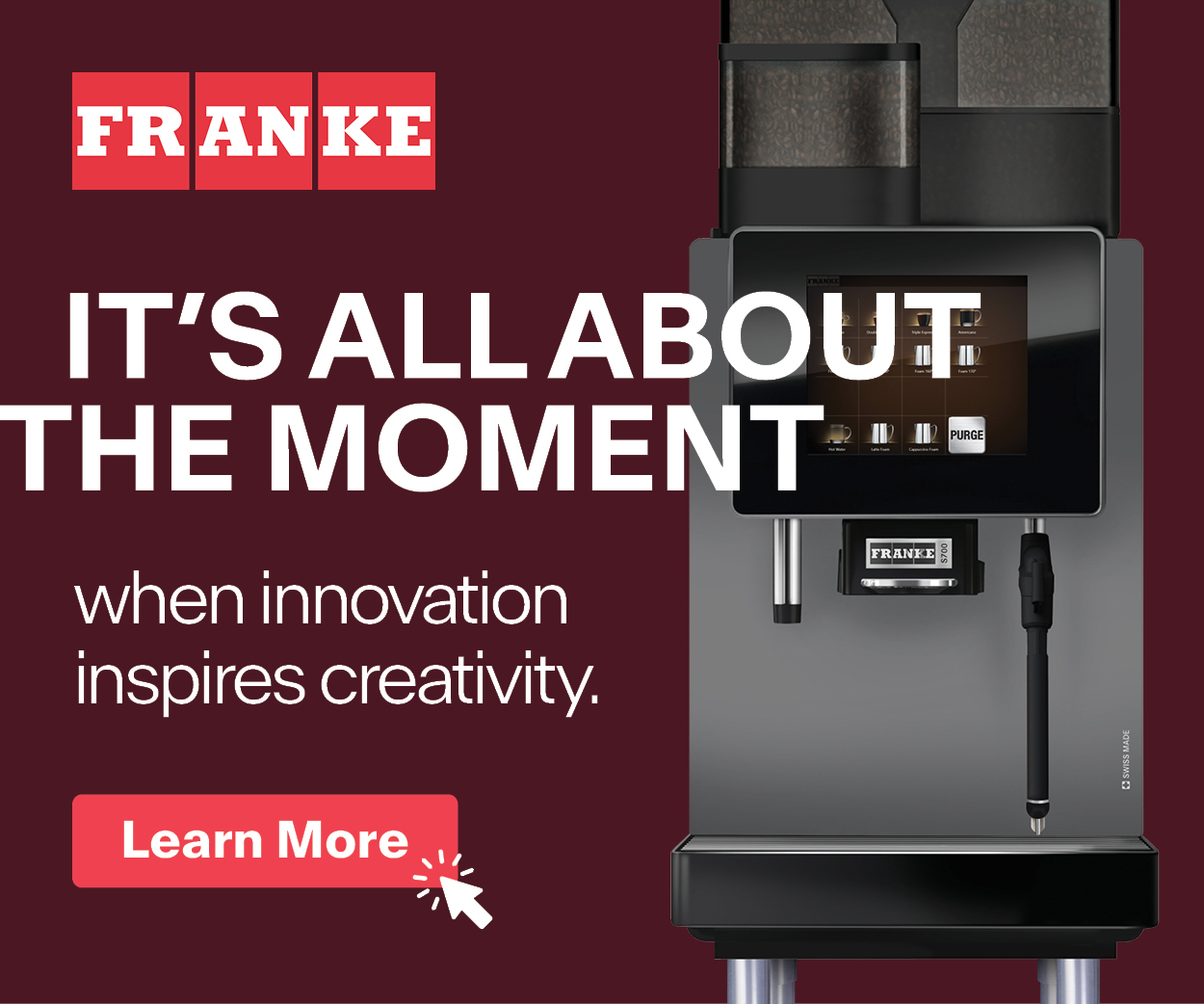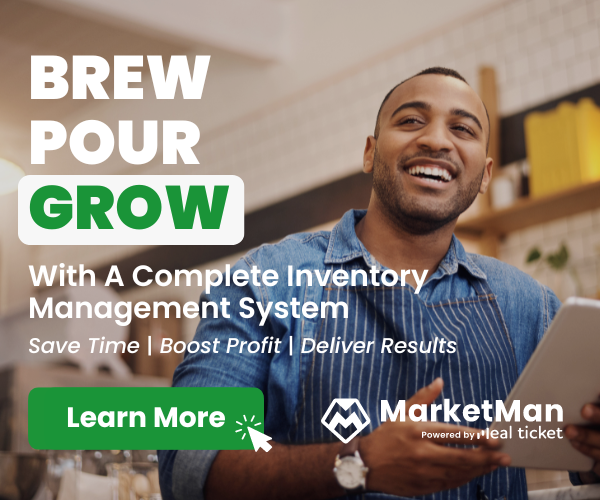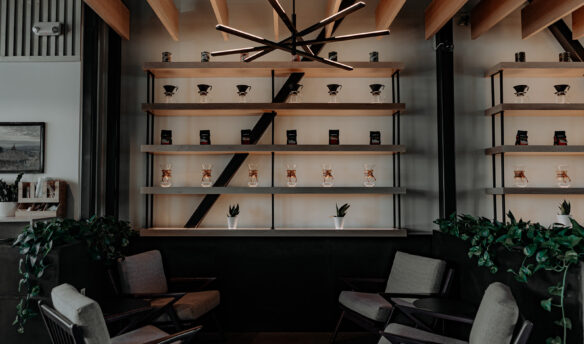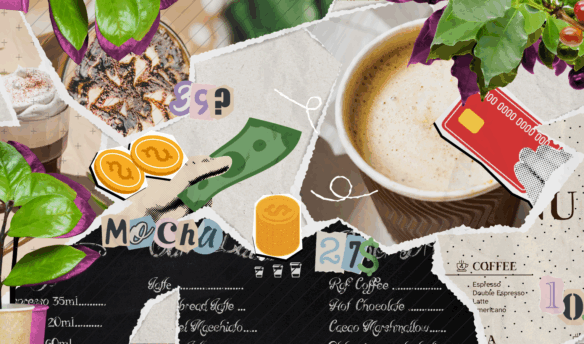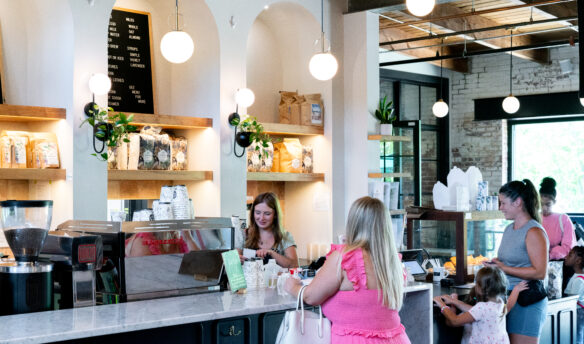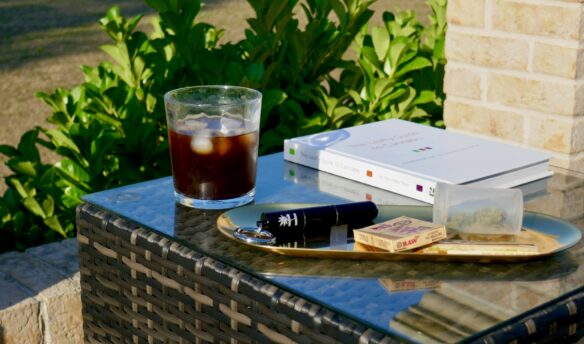Jake Paulson and Mike Steiner spent ten years traveling the globe as audio engineers before making an abrupt career transition—one with fewer air miles—and launching Anchorhead Coffee in Seattle, Washington. The duo started small, selling their bottled cold-brew at farmer’s markets, then distributing to local retailers. Their engineering mindset kept them curious about coffee, and they eventually commandeered half of Steiner’s garage to launch a roastery. They’ve only kept growing since.
Anchorhead opened their first café in October of 2016 in the atrium of Seattle’s Bell Tower. The high-rise building is home to corporate offices of Nordstrom and Century Link, and a renovation of the building’s outdoor patio space provided the perfect opportunity for Paulson and Steiner to establish a brick-and-mortar presence. With a downtown location and local competitors known for fast service, Paulson says choosing equipment and a layout that facilitated quick turnaround was essential. “Our main goal as a café was to have the highest-quality product we could and still maintain that speed,” he says.
The shop’s five-station Poursteady is key for efficiency and consistency; the machine’s automation allows baristas to crank out dozens of pour-overs each day. “If we didn’t have it, I don’t know if we’d do pour-overs,” Paulson says. “People stare at it all day and think it’s incredible.”
Anchorhead intentionally strayed from the paper-white, minimalist aesthetic common in many third-wave cafés. “We want to make sure people walk in and don’t feel intimidated by anything on the menu or by the person behind the counter,” Paulson says.
The shop is full of dark tones, yet an abundance of natural lighting (from a wall of thirty-foot windows) and blue accents keep the shop feeling warm—as do menu items like their tantalizingly sweet and delicious cinnamon-roll waffle, called the “Quaffle.” Twelve-inch subway tiles lining the bar’s back wall are slightly bowed, reflecting daylight and accentuating the space’s overall dazzle.
“We spent a lot of time designing this café and making it a little different,” Paulson says. “We want to make sure we’re keeping it nice at every turn.”
A Breakdown of Anchorhead’s Coffee Gear and Bar Workflows

1) Holy Hydra: A three-group Synesso Hydra MVP handles the shop’s espresso needs, aided by two Mythos Clima Pro grinders—one for Anchorhead’s Leviathan espresso blend, the other for a rotating single-origin.
2) Fly Like a G4: With controls for adjusting parameters like bloom time and purge, the Curtis G4 batch brewer was a no-brainer for Anchorhead. “We like to make sure our batch brew is as good as possible,” Anchorhead co-owner Jake Paulson says.
3) Coffee Chameleon: Blending into the sleek black subway tiles is a matte-black Mahlkönig EK 43, used to prep grounds for batch brew and the Poursteady.
4) Pre-game Pros: Anchorhead offers six to seven single-origins for pour-overs, so they pre-dose each coffee to shorten total brew time. Each jar has the name of the origin and a grind size for the EK 43.
5) The Quaffle Irons: A pair of waffle irons cook Anchorhead’s beloved Quaffles: laminated croissant dough, rolled into a cinnamon roll, then pressed in the iron. Holy. Smokes.
6) Slow Flow: Anchorhead uses V60s on their Poursteady to better control flow rate (the only variable not adjustable through the connected app). A line of Hario carafes catches each brew as it drips through to the other side.
7) Hold Steady: A Marco under-counter hot water boiler connects to a five-station Poursteady. The automated pour-over brewer connects to an online app that allows for easy adjustment of brew parameters. “It’s been super fantastic,” Paulson says.
1) Cold-brew Igloo: Anchorhead got their start producing bottled cold-brew. Customers can choose from regular, hopped, and concentrated cold-brews, all stored in a reach-in fridge beneath the register.
2) Fully Baked: Tempting pastries are proudly on display. Selections including Kouign-amann, danishes, and scones are baked fresh each morning, prepped every night in house.
3) Tapped for Greatness: Cold-brew, kombucha, and beer are all available on tap. Customers can also choose from a selection of wine and canned brews. Montucky Cold Snack, anyone?




